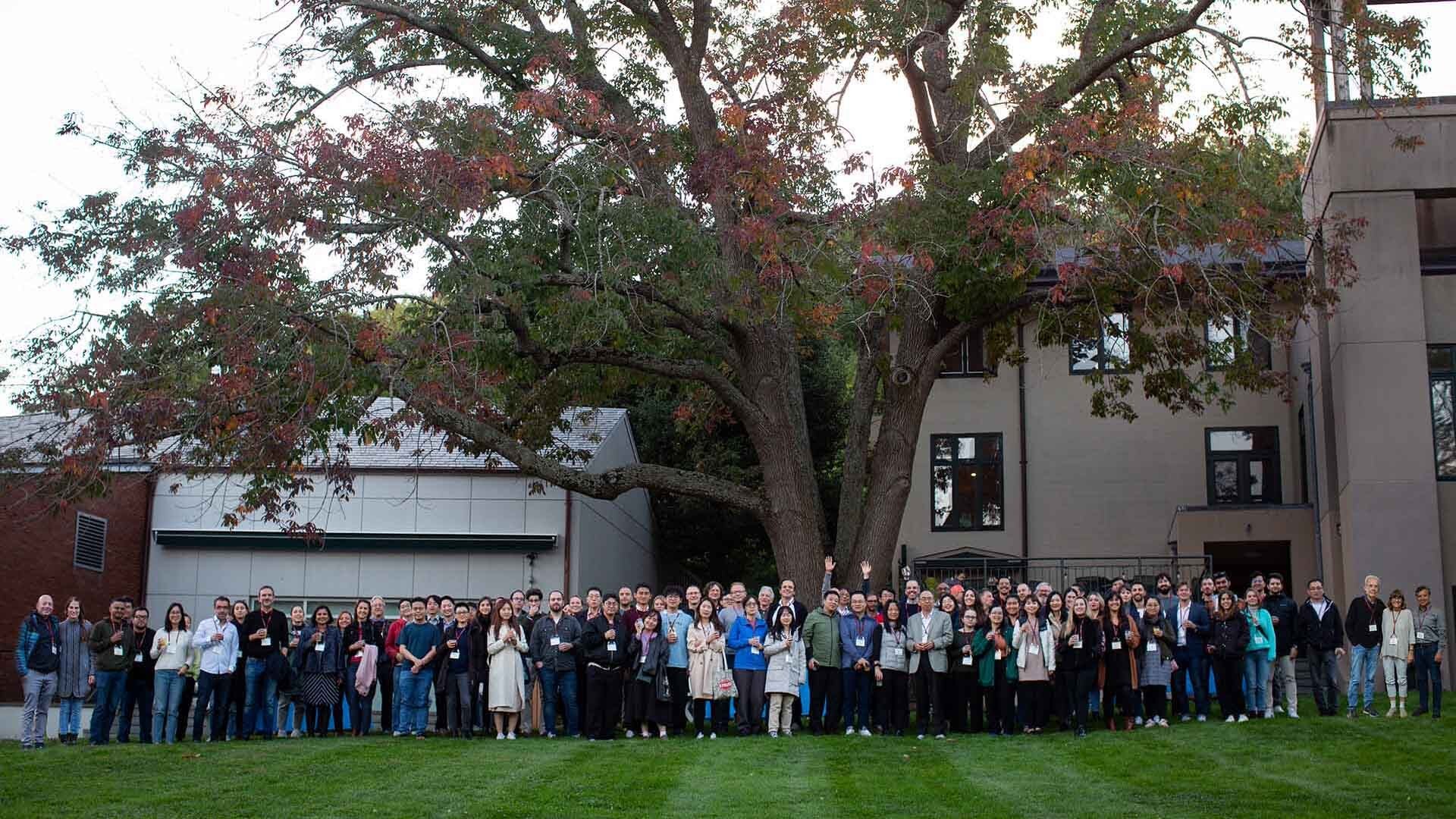Almost 20 years ago, neuroscientist Magdalena Götz attempted the impossible: creating brand-new neurons in the brain. The mouse brain to be exact. Her approach? She’d convert brain cells known as glial cells into neurons.
Götz was a pioneer in changing cells from one type to another. Now, she has helped launch the first-ever conference on cellular reprogramming, differentiating, repair, and regeneration. Götz says Cold Spring Harbor Laboratory (CSHL) was the perfect location for the inaugural Cell State Conversions meeting. She worked with CSHL Meetings & Courses Program Executive Director David Stewart to organize the gathering.
“Cellular reprogramming is mostly relevant for organs where there is no natural turnover,” Götz explains. “Our skin is replaced every couple of days, but in our brain, there are no new neurons made or very few. The same is actually the case in the lung. So there is a huge need for cell replacement therapy.”
Stewart notes that in recent years, “Biologists have made great strides in developing individualized regenerative cell therapy.” CSHL scientists working to advance the field include Professor Christopher Vakoc. Earlier this year, Vakoc discovered a way to convert rhabdomyosarcoma cells into healthy tissue.
By gathering the world’s leading experts under one roof, more discoveries may yet emerge. “So many diseases are due to lost cells,” as are “heart attacks,” says Götz. “Reprogramming is really opening up an entirely new area.”
Written by: Luis Sandoval, Communications Specialist | sandova@cshl.edu | 516-367-6826
